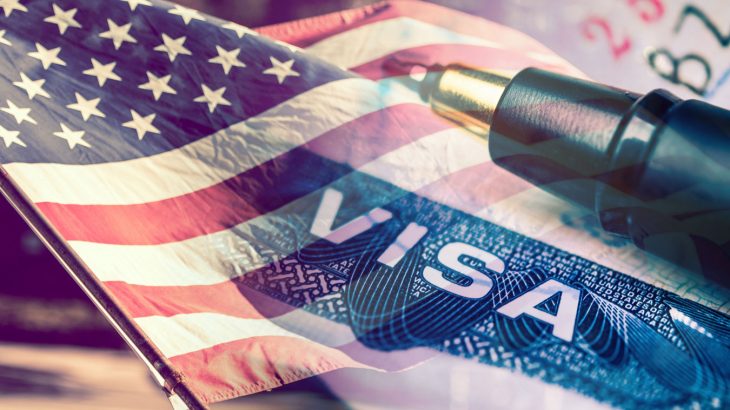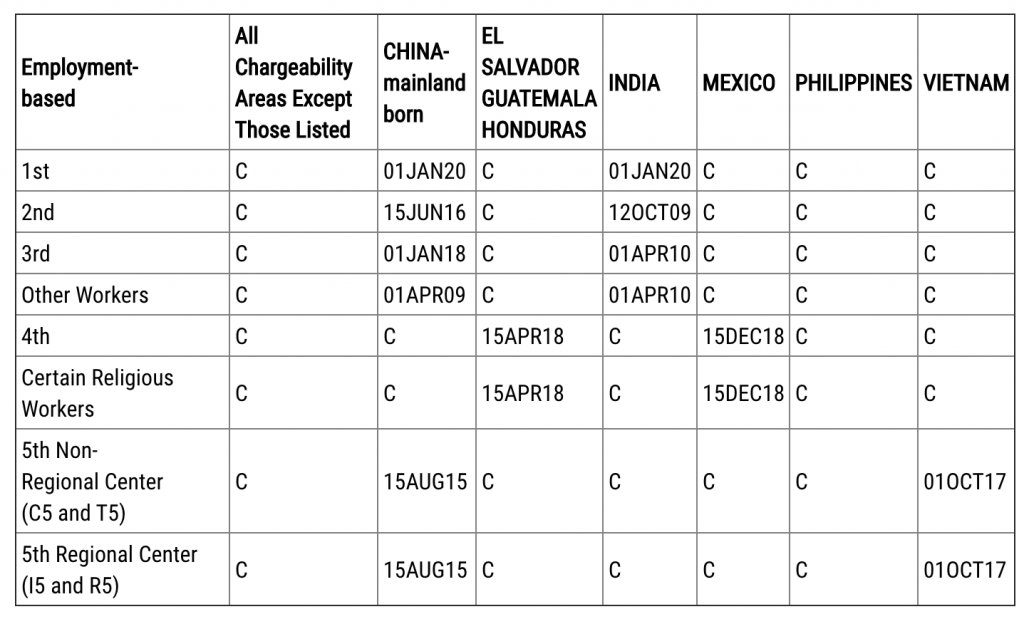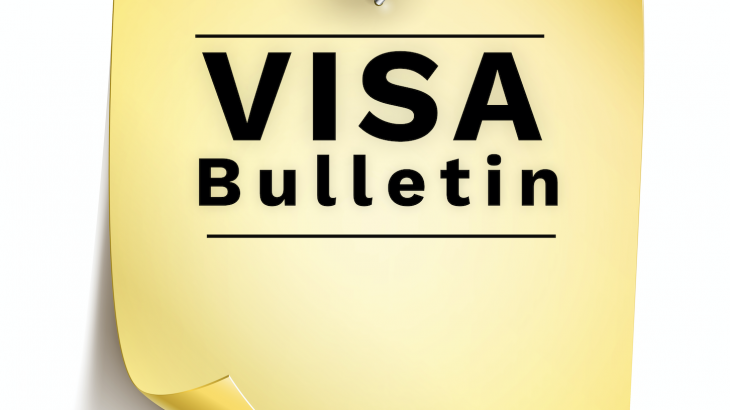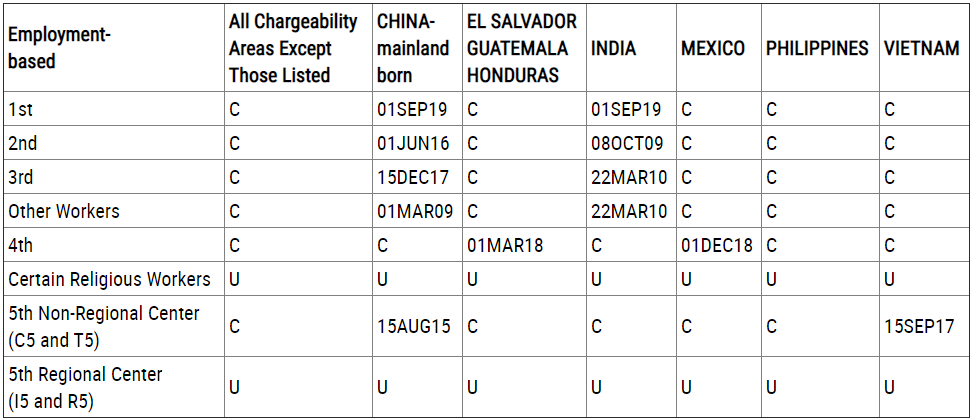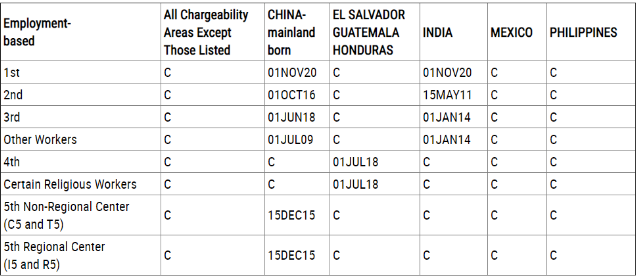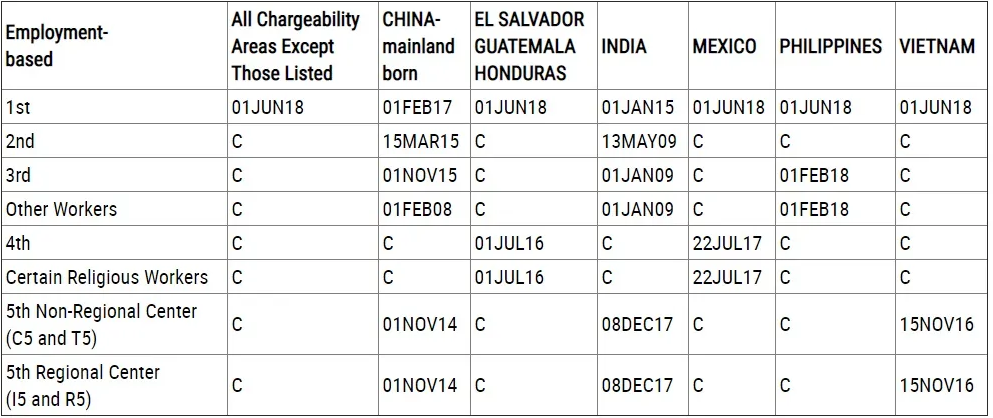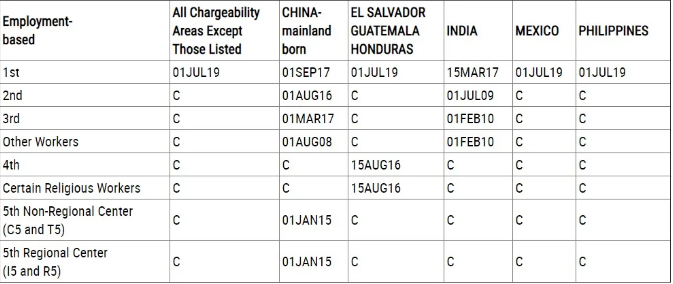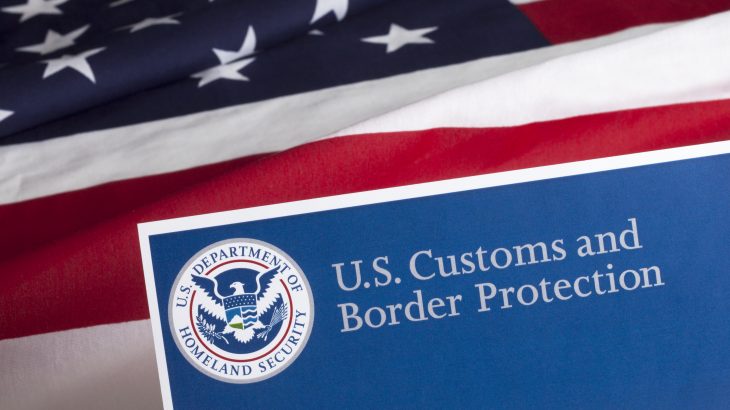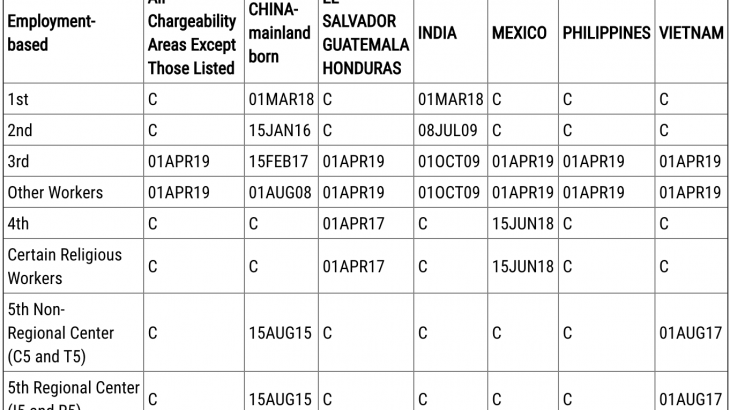On January 5, 2024, the USCIS (US Citizenship and Immigration Services) issued a Policy Guidance regarding analysis of an employer’s ability to pay the proffered wage in certain I-140 cases involving change of employers.
US employers seeking to sponsor workers under the EB-1, EB-2 and EB-3 employment-based immigrant classifications that require a job offer are required to demonstrate their continuing ability to pay the proffered wage to the worker from the priority date of the immigrant petition until the time that the worker acquires permanent resident status. The employer/petitioner’s ability to pay the wage as stated on Form I-140 is one of the essential elements that USCIS weighs in evaluating whether the job offer is realistic.
To demonstrate ability to pay, regulations require an employer to submit annual reports, federal tax returns, or audited financial statements for each available year from the priority date. An employer can alternatively submit a financial officer’s statement attesting to the employer’s ability to pay the proffered wage if they have 100 or more workers. Additional evidence such as profit and loss statements, bank account records, or personnel records may also be submitted. Many employers satisfy the ability to pay requirement by also submitting payroll records demonstrating that, during the relevant time period, they have been paying the employee at least the proffered wage indicated on the I-140.
USCIS’ updated guidance explains that when the beneficiary of an I-140 immigrant petition moves (or “ports”) to a new employer under the American Competitiveness in the Twenty-First Century Act of 2000 (AC21) while their I-140 is in process, USCIS determines the ability to pay requirements only by reviewing the facts in existence from the priority date until the filing of the I-140.
The AC21 provisions allow a beneficiary of a pending I-140 to port to a new employer provided their adjustment of status application (I-485) is pending for at least 180 days and the new job offer is in the same or similar occupational classification as the earlier one. USCIS clarifies that an unadjudicated or pending petition is not valid merely because it was filed with USCIS or through the passage of 180 days, rather, the beneficiary must have been entitled to the employment-based classification at the time of such filing, and therefore must be approved prior to a favorable determination on a portability request.
The guidance, which is effective immediately, is controlling and supersedes any related prior guidance. It builds on the prior guidance from March 15, 2023, on how USCIS analyzes employers’ ability to pay the proffered wage, covered in D&A’s blog: New Policy Guidance on Employer’s Ability to Pay in I-140 Filings (usimmigrationadvisor.com)
USCIS is also making other minor technical revisions to improve clarity and streamline existing guidance.
This article has been written by Zeenat Phophalia, Esq. Of Counsel, Davies & Associates, India Office.
Zeenat Phophalia is qualified to practice law in New York, United Kingdom and India. She practices in the area of U.S. immigration law with a focus on business immigration, and has represented corporate clients including large and medium sized companies and startups across sectors such as IT, consulting, consumer goods, manufacturing and telecommunications.
Looking for an US immigration lawyer? Request free consultation at Davies & Associates or find our closest location around the world.


























